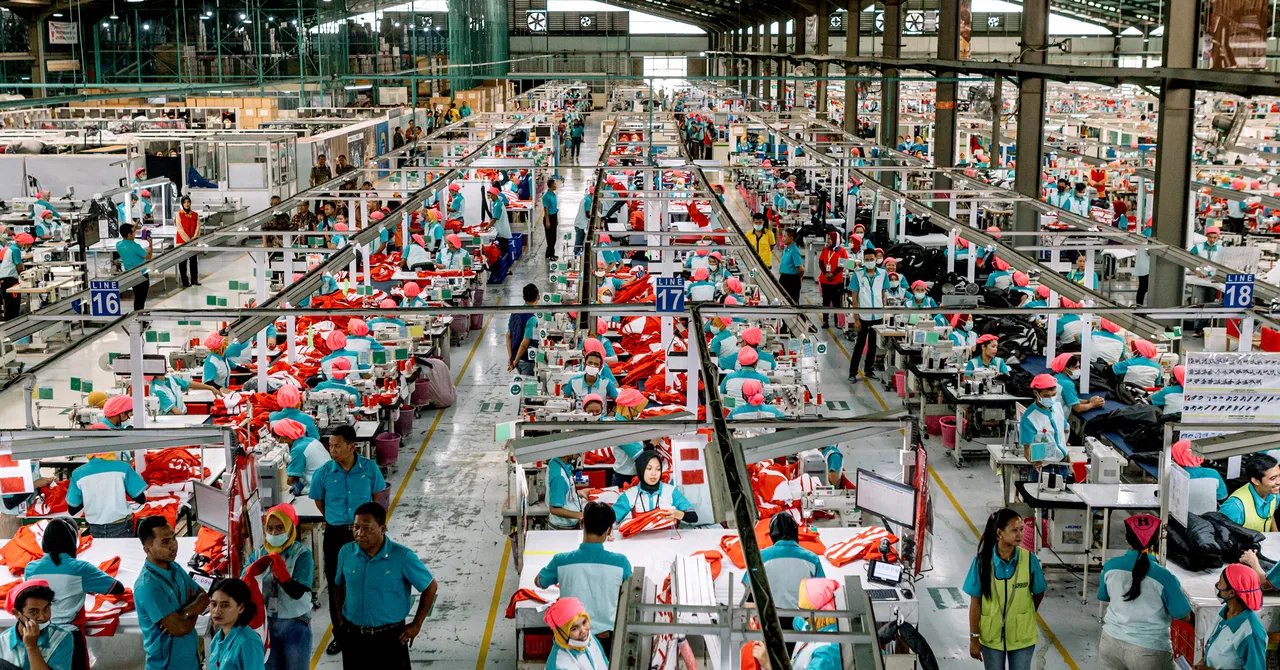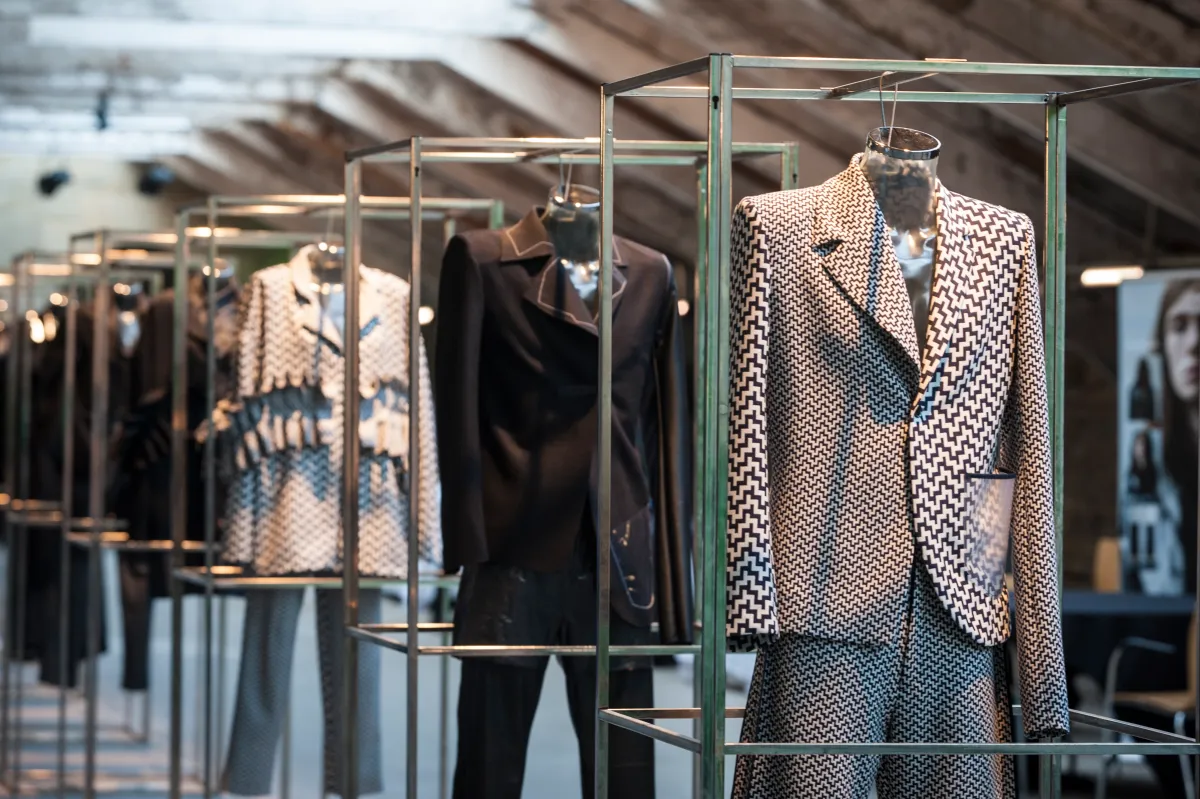
In the pulsating heart of the fashion industry lies the intricate machinery of fashion factories. These bustling hubs of creativity and craftsmanship are where the threads of imagination intertwine with the precision of production. From the sleek runways of Paris to the vibrant streets of Tokyo, fashion factories play a pivotal role in shaping the garments that adorn our bodies and reflect our identities.
Origins and Evolution – Fashion Factories
The roots of fashion factories trace back to the Industrial Revolution, a time when mechanization revolutionized textile manufacturing. What began as rudimentary workshops transformed into sprawling complexes, equipped with state-of-the-art machinery and skilled labor. Over the decades, these factories have evolved to keep pace with shifting trends, technological advancements, and consumer demands.
The Anatomy of a Fashion Factory
Step inside a modern fashion factory, and you’ll encounter a symphony of activity. Design studios buzz with creativity as sketches come to life on digital screens. Pattern makers meticulously craft templates that will dictate the shape and structure of each garment. Meanwhile, cutting rooms hum with the rhythmic whirring of machines slicing through bolts of fabric with surgical precision.
On the production floor, rows of sewing machines stitch together fabric panels with expert hands guiding them. Quality control stations ensure that every seam is flawless, every button secure, and every stitch precise. It’s a meticulous process that demands attention to detail and a commitment to excellence.
The Intersection of Technology and Tradition
While the essence of fashion factories remains rooted in traditional craftsmanship, technology has become an indispensable tool in streamlining processes and enhancing efficiency. Computer-aided design (CAD) software allows designers to translate their visions into digital prototypes with unparalleled accuracy.
Automation has also revolutionized certain aspects of production, from automated cutting machines that minimize waste to robotic arms that assist in repetitive tasks. However, amidst this wave of technological innovation, the human touch remains irreplaceable. Skilled artisans infuse each garment with a level of care and artistry that machines alone cannot replicate.
Towards Sustainable Fashion
In recent years, the fashion industry has faced growing scrutiny over its environmental impact and labor practices. Fashion factories have responded by embracing sustainable practices aimed at reducing waste, conserving resources, and promoting ethical labor standards.
Many factories have implemented eco-friendly initiatives such as using recycled materials, optimizing energy consumption, and implementing water-saving techniques in production processes. Additionally, there’s a growing emphasis on transparency and accountability throughout the supply chain, ensuring that workers are treated fairly and ethically.
Challenges and Opportunities
Despite the strides made towards sustainability, fashion factories continue to grapple with challenges such as fast fashion’s relentless demand for speed and volume. Balancing the need for efficiency with the imperative of sustainability remains an ongoing challenge for many manufacturers.
Moreover, the rise of e-commerce and customization has presented both opportunities and complexities for fashion factories. On one hand, digital platforms offer unprecedented access to global markets, allowing factories to reach consumers directly. On the other hand, the demand for personalized products and quick turnaround times adds pressure to an already fast-paced industry.
The Future of Fashion Factories
As we look ahead, the future of fashion factories lies in embracing innovation while honoring tradition. Advancements in technology, such as 3D printing and virtual reality, hold the promise of revolutionizing the design and production process further.
Furthermore, the concept of on-demand manufacturing, where garments are produced only when ordered, could help minimize waste and reduce excess inventory. This shift towards a more sustainable and agile model signals a new era for fashion factories—one that prioritizes quality over quantity and conscientiousness over consumption.
Read Also: Unlocking Style: The Ultimate Guide to Nykaa Fashion Sale
Conclusion
Fashion factories are the beating heart of the fashion industry, where creativity meets craftsmanship and innovation intersects with tradition. From their humble origins to their current incarnation, these factories have continuously evolved to meet the ever-changing demands of consumers while navigating the complexities of a globalized world.
As we embark on the journey towards a more sustainable and ethical fashion industry, fashion factories stand poised to lead the way, combining cutting-edge technology with timeless craftsmanship to shape a future where style is synonymous with sustainability.

